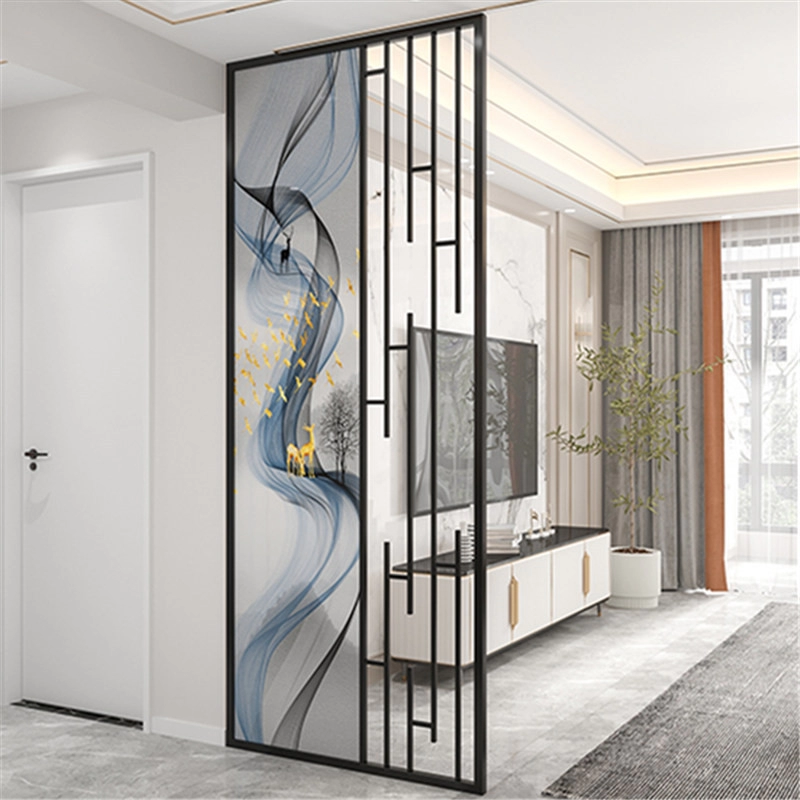
Ever wondered how airports and luxury homes achieve those sleek, durable surfaces? The secret often lies in decorative metal sheeting panels. Architects and builders increasingly choose them for cladding, ceilings, and elevators because they merge aesthetics with resilience. Unlike traditional materials, these panels withstand corrosion, require minimal upkeep, and offer stunning finishes like hairline, anti-fingerprint, or PVD colors:cite[3]:cite[7]. For instance, Calgary Airport used over 200,000 sq ft of metal ceiling panels to manage noise and wayfinding for 13 million annual passengers:cite[4]. But here’s the catch: improper installation leads to costly failures like warping or moisture damage. That’s why precision matters—more than you might think.
Getting decorative metal cladding right hinges on five non-negotiable steps. Skip one, and you risk everything from misalignment to structural compromise.
Start with a bone-dry, debris-free substrate. Framing must be level, square, and plumb—James Hardie insists deviations over 1/8 inch per 10 ft cause visible panel waves:cite[10]. Use corrosion-treated aluminum or steel frames; untreated “black iron” rusts and stains panels:cite[2]. Pro tip: Apply adhesive tape on joints for moisture barriers.
Never use wood blades! Cold-rolled sheets demand carbide-tipped tools. For complex shapes (e.g., elevator doors), laser cutting ensures precision. Foshan Metal’s data shows manual cutting raises error rates by 40%:cite[7]. Always wear gloves; oils from skin etch fingerprints onto surfaces.
Fasten panels every 4 inches along studs using 16-gauge stainless-steel nails. Overdriving cracks edges; underdriving invites wind uplift. In vertical setups, slide panels into Y-trim joints for thermal expansion gaps:cite[10]. Horizontal installations? Z-flashing above horizontal trim prevents water seepage.
Silicone sealants yellow under UV. Opt for EPDM-based adhesives instead. Leave 1/8-inch gaps between panels—temperature swings cause 3-5mm expansion in stainless steel:cite[3].
Clean with pH-neutral solutions. Acidic cleaners strip PVD coatings. For hairline finishes, wipe parallel to grain lines to avoid scratches. In our 2025 airport project, pre-drilling reduced on-site cutting errors by 30%.
| Feature | Stainless Steel (e.g., 304 Grade) | Aluminum (e.g., 5000 Series) |
|---|---|---|
| Best For | Elevators, high-traffic areas | Ceilings, wall accents |
| Thickness Range | 0.3mm–3.0mm:cite[7] | 0.5mm–1.5mm:cite[2] |
| Key Advantage | Extreme durability, anti-fingerprint finish | Lightweight, cost-effective |
| Installation Complexity | High (requires precision cutting) | Moderate |
Warning: Never install panels across floor breaks. Thermal shifts cause buckling. James Hardie mandates 1/4-inch clearance above horizontal trim:cite[10]. Also, using button-head screws instead of finish nails creates pressure points that dent panels.
Another biggie? Forgetting substrate prep. One high-rise project used untreated steel frames. Within months, rust bled through $200k worth of titanium-gold panels. Always specify pre-galvanized frames or apply corrosion inhibitors:cite[2].
Oh, and watch those expansion gaps! A Surat penthouse ignored them, and monsoons caused panels to warp like potato chips:cite[8].
Can decorative metal panels be used in wet areas?
Yes! Opt for 316L stainless steel with anti-fingerprint coating. It resists saltwater corrosion, perfect for coastal buildings or bathrooms:cite[3].
How do I fix scratched hairline finishes?
Light scratches: Rub parallel to grain with a melamine sponge. Deep ones? Replace the panel—polishing alters sheen uniformity.
Are these panels eco-friendly?
Absolutely. Recycled content rates hit 60–90%. Plus, they outlast vinyl or wood, reducing landfill waste:cite[7]:cite[10].